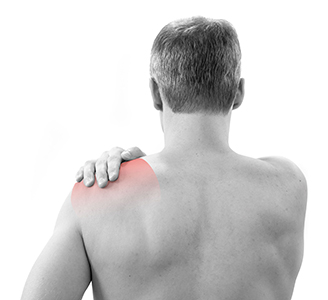Looking for manual therapy in Leeds?
Physiotherapists restore normal movement of joints and soft tissue by using manual therapy – specific hand placements and precise application of forces. It has been shown to decrease pain and increase functional outcomes. It has been well-researched, and its efficacy published in numerous medical journals.
What is manual therapy?
Manual therapy is defined as the skilled passive movement of joints and soft tissue Physiotherapists are concerned with normalising specific motions that take place between joint surfaces that enable normal joint mobility It is important to note that Manual therapy is used in conjunction with other physiotherapy techniques for instance, exercises and modalities such as ultrasound.

How does manual therapy work?
There are four main effects of manipulation that have been proposed: mechanical, neurophysiological, biochemical, and psychological.
Who should receive manual therapy?
Which joints can be treated with manual therapy?
Manual therapy includes a variety of physiotherapeutic treatment techniques.
It can decrease pain and help to increase functional movement. Manual Therapy is normally used in conjunction with other physiotherapy techniques such as exercise and electrotherapy.
PhysioLeeds Fit4Work, Bankside, 71 Breary Lane East, Bramhope, Leeds, LS16 9EU
PhysioLeeds Fit4Work, Trinity Fitness, Brownberrie Lane, Horsforth, Leeds, LS18 5HD
